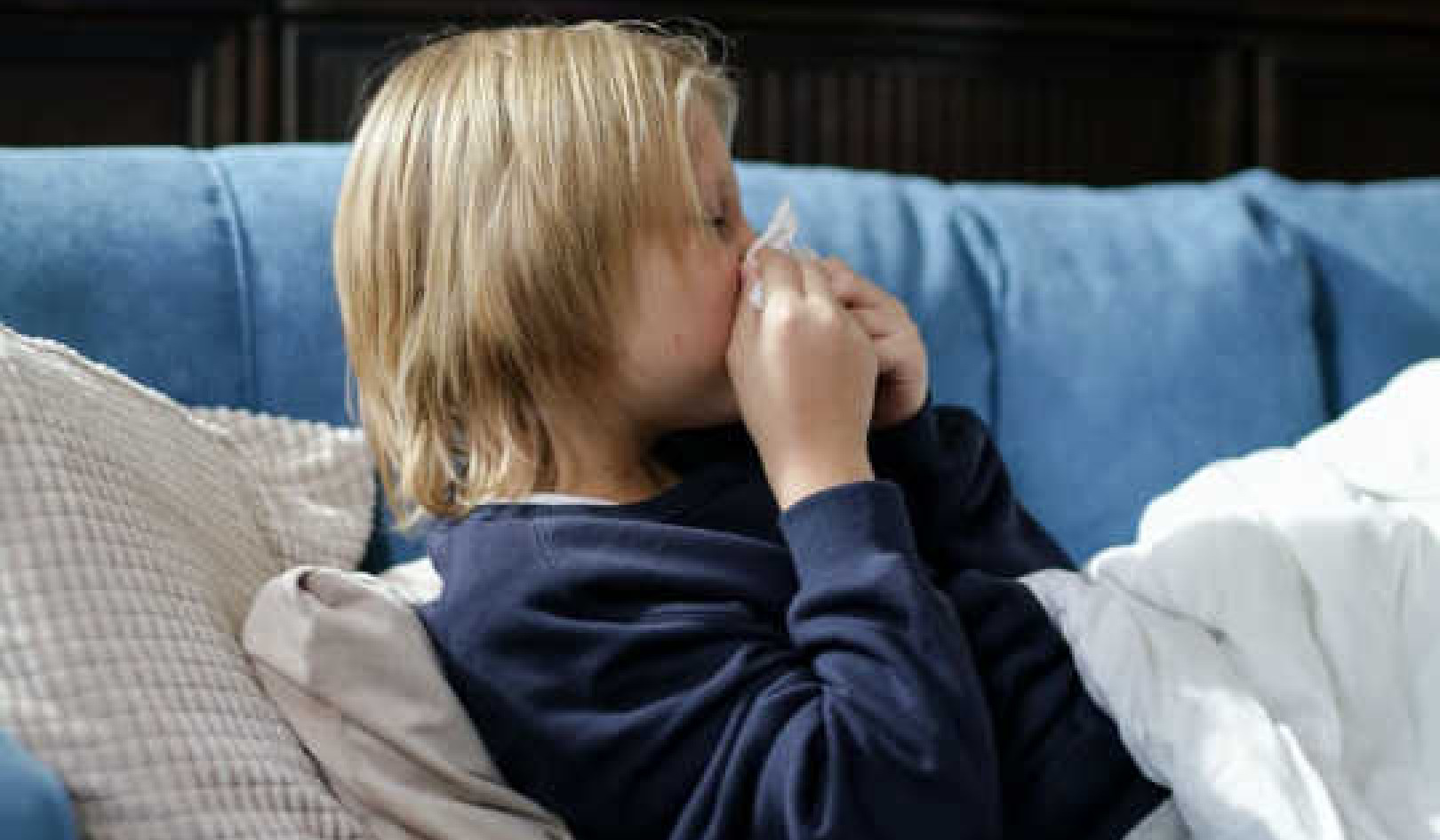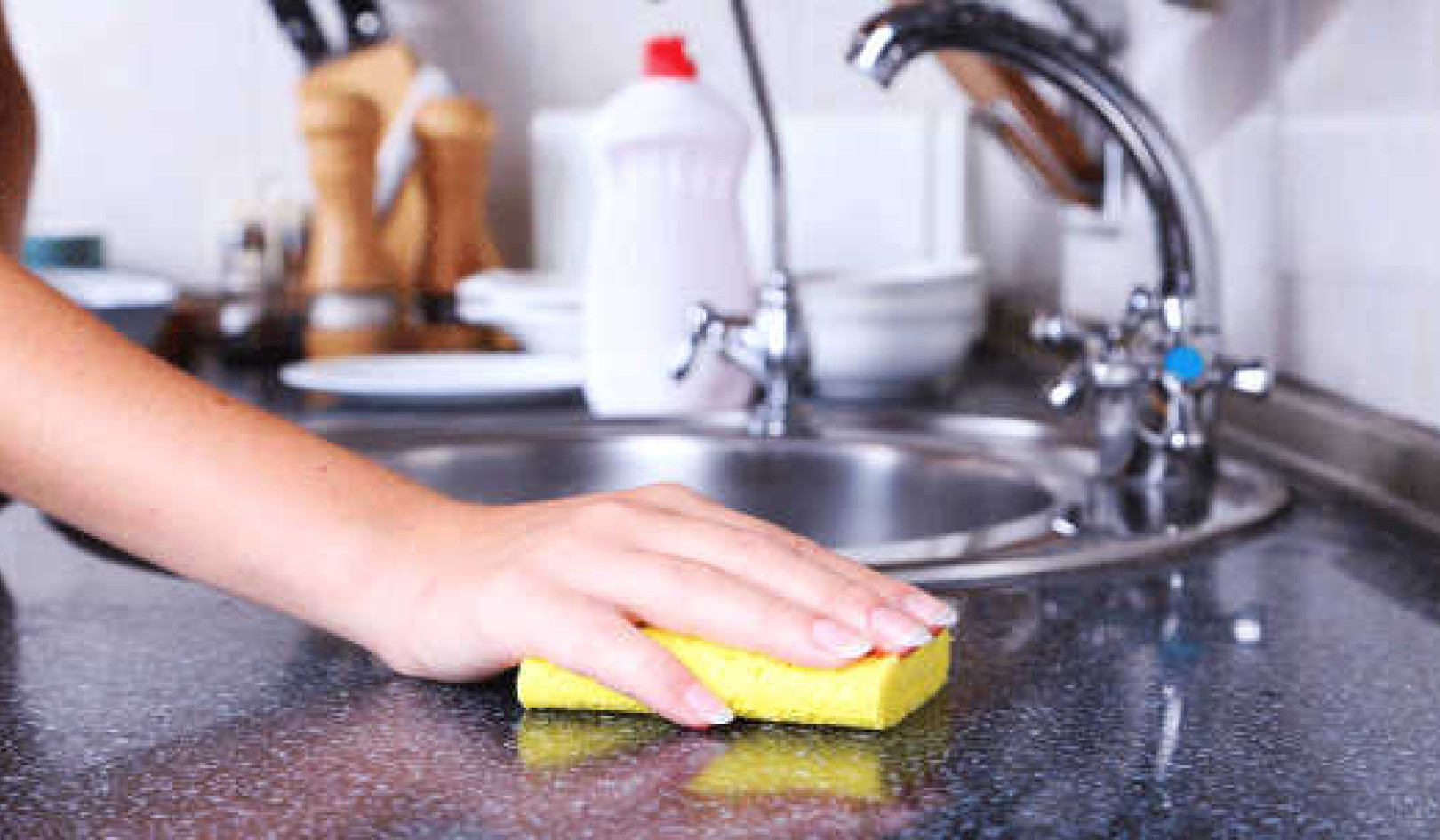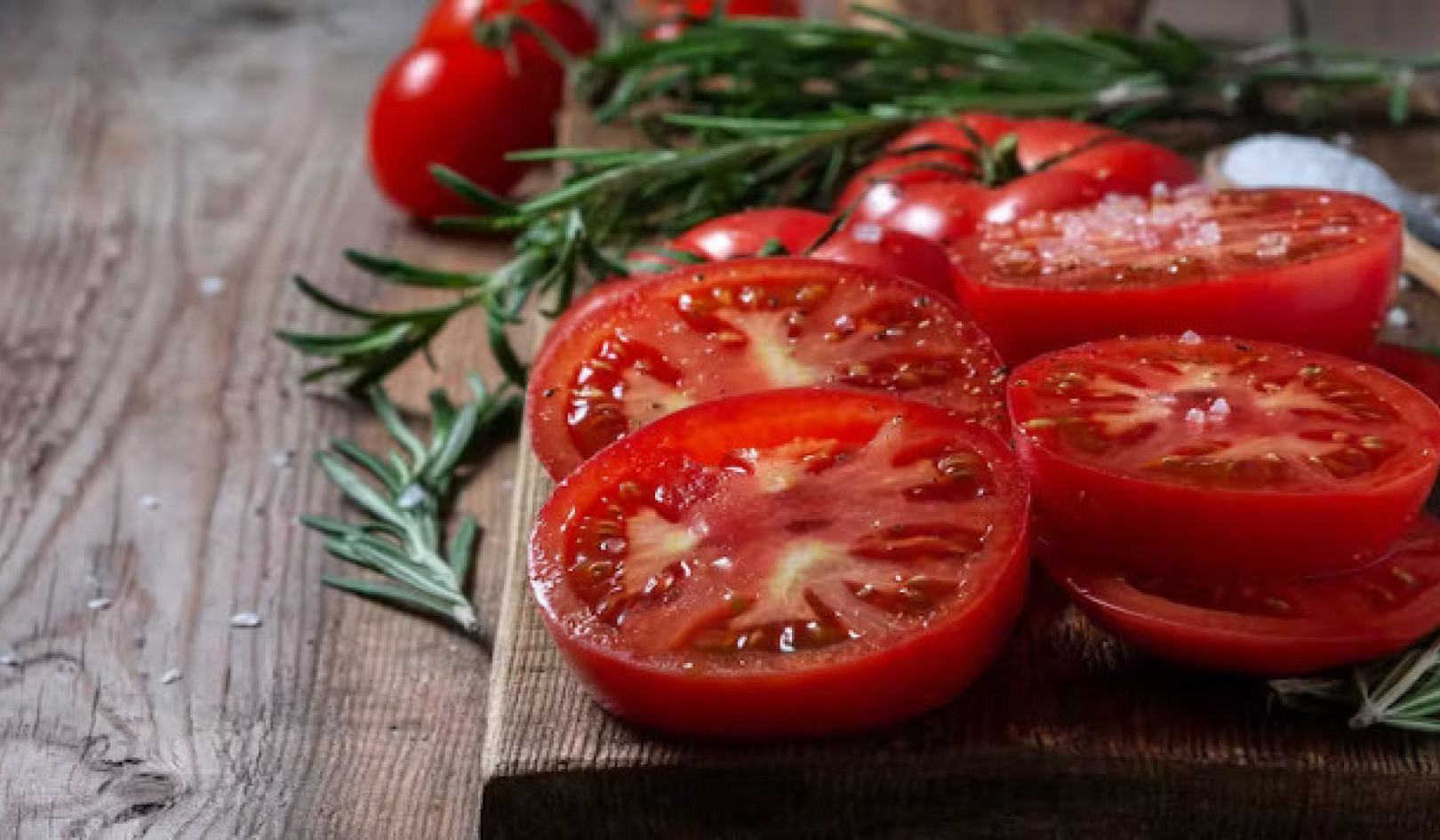
To reduce the frequency and severity of your migraine attacks, it’s important to identify your triggers. Triggers are the stimuli that excite oversensitive neurons and initiate the chain of events that lead to our migraine attacks.
Although you may find the task difficult in the beginning, your bigger challenge will be to manage your triggers. In doing so, more than likely, you will have to make substantial changes in what you eat and drink, your eating and drinking habits, your lifestyle, and how you cope with stress.
To start with, take a look at some general information about triggers. Triggers may be within our control — for example, what we eat and drink — or uncontrollable — for example, a change in the weather pattern. As well, while one trigger may initiate our migraine attacks, often it takes a combination, or loading, of triggers to precipitate an attack. For instance, one piece of pizza may be okay but, when combined with a larger portion, another food trigger, an alcoholic beverage, a movie with a lot of action and flashing lights, and a fight with our partner, we may be in serious trouble. Also, it might take a couple of hours, several hours, or a few days, for a given trigger to kick in. The type, number, and combination of triggers necessary to bring on a migraine attack vary with each person.
Chemical and Additive Triggers
The most controversial of all our triggers are the foods we ingest and the beverages we drink. If you have food and beverage sensitivities, the following chemicals and additives are ones you might want to avoid:
Tyramine
• Is a chemical produced during the oxidation or fermentation of protein-rich foods and is found in a whole list of foods, including aged cheeses, bananas, avocados, fava beans, garbanzo beans, lima beans, organ meats like liver, pickled foods, canned soup, nuts, peanut butter, tomatoes, and soy sauce.
Tannin
• Is a chemical used to clarify wine and beer and is found in a number of foods, including chocolate, cheeses, ice cream, nuts, bananas, smoked foods, and cigarette smoke.
Aspartame
• Is an artificial sweetener used in numerous foods and beverages including diet sodas.
Alcohol
• Is a colorless liquid made from fermentation of sugars and starches.
Caffeine
• Is a bitter, white alkaloid present in coffee, tea, sodas, energy drinks, and some foods.
• Can cause blood vessels to constrict, which may abort a migraine; however, it is also a stimulant and a diuretic.
• Excessive use or withdrawal may initiate the chain of events that lead to a migraine attack.
Phenylethylamine
• Is an amino acid that occurs naturally in many proteins and can be extracted for use as a dietary supplement.
• Is found in chocolate.
Sulfites
• Are common preservatives used in foods and are present in fermented beverages and wines.
Nitrites
• Used to enhance foods and preserve flavor in foods like bacon, ham, pepperoni, and other processed meats.
Gluten
• Is a type of protein found in wheat, barley, rye, and (to a lesser degree) oats that is difficult to digest. May be added to a number of processed foods as a stabilizer, emulsifier, thickener, starch, or hydrolyzed plant protein.
• Some studies show a correlation between gluten sensitivity, or intolerance, and migraine attacks:
• Other symptoms associated with gluten sensitivity include bloating, diarrhea, fatigue, anemia, nerve pain, balance and gait disorders (ataxia), and seizures.
Monosodium glutamate (MSG)
• Is a sodium salt derived from glutamic acid, an amino acid found naturally in both plant and animal protein, and is added to a number of foods like sauces, gravies, processed meats, packaged foods, and canned soups and vegetables to enhance flavor.
• Studies are inconclusive, but some people report an increase in migraine headaches related to the ingestion of food or beverages that contain MSG.
Miscellaneous Indirect Triggers
You need to be aware that dairy products can increase mucus production, put pressure on your sinus membranes, and magnify the sinus component of your migraines. Hot and spicy foods can increase the heat in your body, lead to vasodilation, and trigger an attack. As well, some reports indicate that a diet high in fats can trigger migraine attacks.
Foods and Beverage Triggers
The following foods and beverages may in isolation, combination, or loading trigger migraine attacks:
- Aged and unpasteurized cheeses including Parmesan, cheddar (most yellow cheeses), blue cheese (Stilton, Roquefort, Gorgonzola), Brie, Camembert, Monterey Jack, mozzarella, and Gruyere
- Avocados
- Bananas
- Beans including lima, broad, Italian, navy, pinto, and garbanzo
- Beer and spirits
- Berry pie filling, or canned berries
- Brewer’s yeast including sourdough bread, yeast breads straight from oven, yeast coffee cake, donuts, pizza dough, and soft pretzels
- Cabbage, sauerkraut
- Canned soups, instant soups, and noodles
- Chicken liver and other organ meats
- Chili peppers, onions
- Chocolate
- Citrus fruit (grapefruit, oranges) Cocoa, cola drinks, tea and coffee Corn syrup
- Diet drinks
- Eggs
- Fatty and fried foods
- Flavored potato and taco chips
- Gravies, dips, sauces, seasoning, and sauce mixes, ketchup, mayonnaise, steak sauce, vinegar (except white)
- Lentils
- Licorice
- Many salad dressings
- Meat tenderizer
- Most fast foods
- Nuts including peanuts, pistachios, cashews, and almonds; peanut butter
- Packaged foods such as pasta and meat combinations, and cake and muffin mixes
- Pickled, preserved, or marinated foods such as olives and pickles
- Pineapple, papaya, passion fruit
- Processed, smoked, cured, or pickled meat or fish, includ- ing most deli meats, ham, bacon, hot dogs, salami, pepperoni, smoked salmon, pickled herring
- Red meat, pork
- Red plums, prunes, raisins, figs, and dried fruits
- Red wine (white wine may be tolerated in moderation) Seafood such as salmon and shellfish
- Seasoned salt
- Seeds, including pumpkin and sunflower
- Snow peas
- Soy sauce, miso, tempeh
- Spinach
- Strawberries
- Tomatoes, tomato sauce, tomato paste
- Wheat
- Yogurt, buttermilk, sour cream, whole milk, and ice cream
Identify & Manage Your Migraine Triggers
 The relationship of food and beverage triggers to migraine attacks can be complicated. You may find that very few of the foods and beverages listed give you a migraine attack, or you might have a sensitivity to so many that you cannot identify specific ones.
The relationship of food and beverage triggers to migraine attacks can be complicated. You may find that very few of the foods and beverages listed give you a migraine attack, or you might have a sensitivity to so many that you cannot identify specific ones.
To make matters a little more confusing, a reaction to what you eat or drink usually occurs within a few hours after ingestion. However, a reaction to MSG can be immediate or as late as forty-eight hours after consumption. Also, eating a product once a week may not cause a reaction, but eating products two or three days in a row might (cumulative). In addition, a reaction may be more severe if you accompany the food with an alcoholic beverage. As well, it may not be what you consume that gives you the migraine attack, but when and how much you eat or drink. For example, dehydration and hypoglycemia can trigger a migraine attack. Thus not drinking enough water, fasting, and skipped or delayed meals can have a significant impact on the frequency and severity of your attacks.
Some sources recommend an elimination diet. However, given the number of food and beverage triggers, and the fact that they vary with each person, a more reasonable approach is to keep a food diary, or calendar. I prefer a calendar.
Whichever method you select, you should record all the foods and beverages you consume each day, along with the approximate times you ate or drank, and any migraine symptoms you experienced.
Your Wellness Plan: General Guidelines
Some general guidelines I’ve incorporated into my wellness plan (many of these were given to me by Dr. Mao during my first visit and can be found in his book, Secrets of Self-Healing and that you may want to include in your wellness plan are:
• Read labels.
• Avoid processed or packaged foods with artificial colors, flavors, additives, chemicals, or preservatives.
• If you think you’re gluten sensitive, avoid foods that contain gluten.
• If you think you’re MSG sensitive, avoid foods that contain MSG.
• Avoid fast food.
• Eat wholesome, organic foods with no antibiotics, growth hormones, pesticides, additives, preservatives, artificial colors or flavorings. If organic fruits and vegetables are difficult for you to obtain, whenever possible, substitute natural foods and beverages that are minimally processed and have no artificial ingredients, added colors, chemicals, or preservatives. Thoroughly wash non-organic fruits and vegetables in salt water or with a vegetable and fruit wash to remove chemicals and pesticides.
• Avoiding your triggers, eat a variety of fresh fruits, vegetables, whole grains, beans, legumes, fish, and poultry.
• Avoiding your triggers, favor fiber-rich foods such as leafy green vegetables, parsley, onions, brown rice, bran, carrots, celery, asparagus, papaya, pineapple, cherries, grapes, prunes, and fresh herbs and spices such as ginger, oregano, rosemary, cilantro, dill, sage, mint, and turmeric to help with digestion and elimination.
• Avoid spicy foods.
• Avoid starchy, rich, and greasy foods.
• Avoid dairy products.
• Avoid chocolate and caffeine (some sources say infrequent, small amounts of these substances may be okay).
• Avoid alcohol and red wine (small amounts of white wine may be okay).
• Drink a minimum of eight to ten glasses of water a day (dehydration can trigger your migraine attack).
• Eat small, regular meals at a table and try to have your breakfast before 9 a.m., lunch before 1 p.m., and dinner before 7 p.m. (skipped meals, fasting, and dieting can cause hypoglycemia and trigger your migraine attack).
• Don’t eat late at night, and don’t lie down immediately after eating (can interfere with your sleep pattern, cause fatigue, and stimulate your migraine attack).
• If you’re eating at a restaurant, check with the chef (not the waiter or waitress) if you’re concerned about food allergies or sensitivities.
• If you’re dining at family or friends’ homes, don’t be afraid to relate any food allergies or sensitivities you may have.
• If a meal is going to be served later than your normal dining hour, or you’re not certain if the food will be appropriate for you, eat a healthy snack before you go.
Once you have your migraine attacks under control, you may be able to add back in some of the foods you have eliminated. However, begin with small portions. And remember, everything in moderation, and watch out for combinations. For instance, since I had been migraine free for many months, I dropped my guard. I was at a dinner where a number of courses were served, many of which contained an assortment of cheeses and red meat. The extreme thirst, rapid and irregular heart rate, muscle weakness, headache, nausea, and vomiting I experienced a few hours later were unpleasant, but worthwhile reminders that I’m still vulnerable.
©2013 by Sharron Murray, MS, RN. All rights reserved.
Reprinted with permission of the publisher, Conari Press,
an imprint of Red Wheel/Weiser, LLC. www.redwheelweiser.com.
This article was adapted with permission from the book:
Migraine: Identify Your Triggers, Break Your Dependence on Medication, Take Back Your Life: An Integrative Self-Care... -- by Sharron Murray.
 Migraine explains how to: * Identify headache types and triggers; * Break the cycle of medication dependence; * Create a self-care plan that combines eastern therapies (yoga, meditation, biofeedback, and reflexology) with conventional western medical approaches (physical therapy, chiropractic) to reduce the frequency and severity of migraine attacks and achieve wellness. The author looks closely at both Eastern and Western medicine to help readers understand their unique headache patterns and minimize, or abort, migraine attacks.
Migraine explains how to: * Identify headache types and triggers; * Break the cycle of medication dependence; * Create a self-care plan that combines eastern therapies (yoga, meditation, biofeedback, and reflexology) with conventional western medical approaches (physical therapy, chiropractic) to reduce the frequency and severity of migraine attacks and achieve wellness. The author looks closely at both Eastern and Western medicine to help readers understand their unique headache patterns and minimize, or abort, migraine attacks.
Click here for more info or to order this book on Amazon
About the Author
 Sharron Murray, a migraine sufferer herself and a former faculty member at Cal State Long Beach, has over 25 years of teaching and consulting experience in the critical care arena. She has spoken extensively on topics related to critical care nursing and physical assessments of adults, and has published in numerous professional journals. She lives in Central Washington. Visit her at www.sharronmurray.com
Sharron Murray, a migraine sufferer herself and a former faculty member at Cal State Long Beach, has over 25 years of teaching and consulting experience in the critical care arena. She has spoken extensively on topics related to critical care nursing and physical assessments of adults, and has published in numerous professional journals. She lives in Central Washington. Visit her at www.sharronmurray.com
























